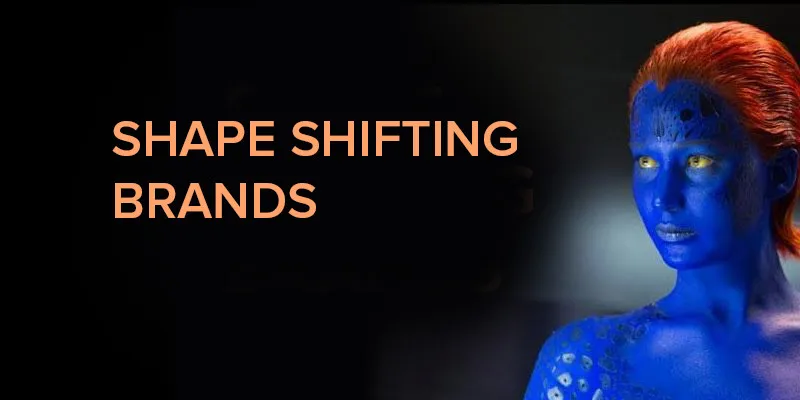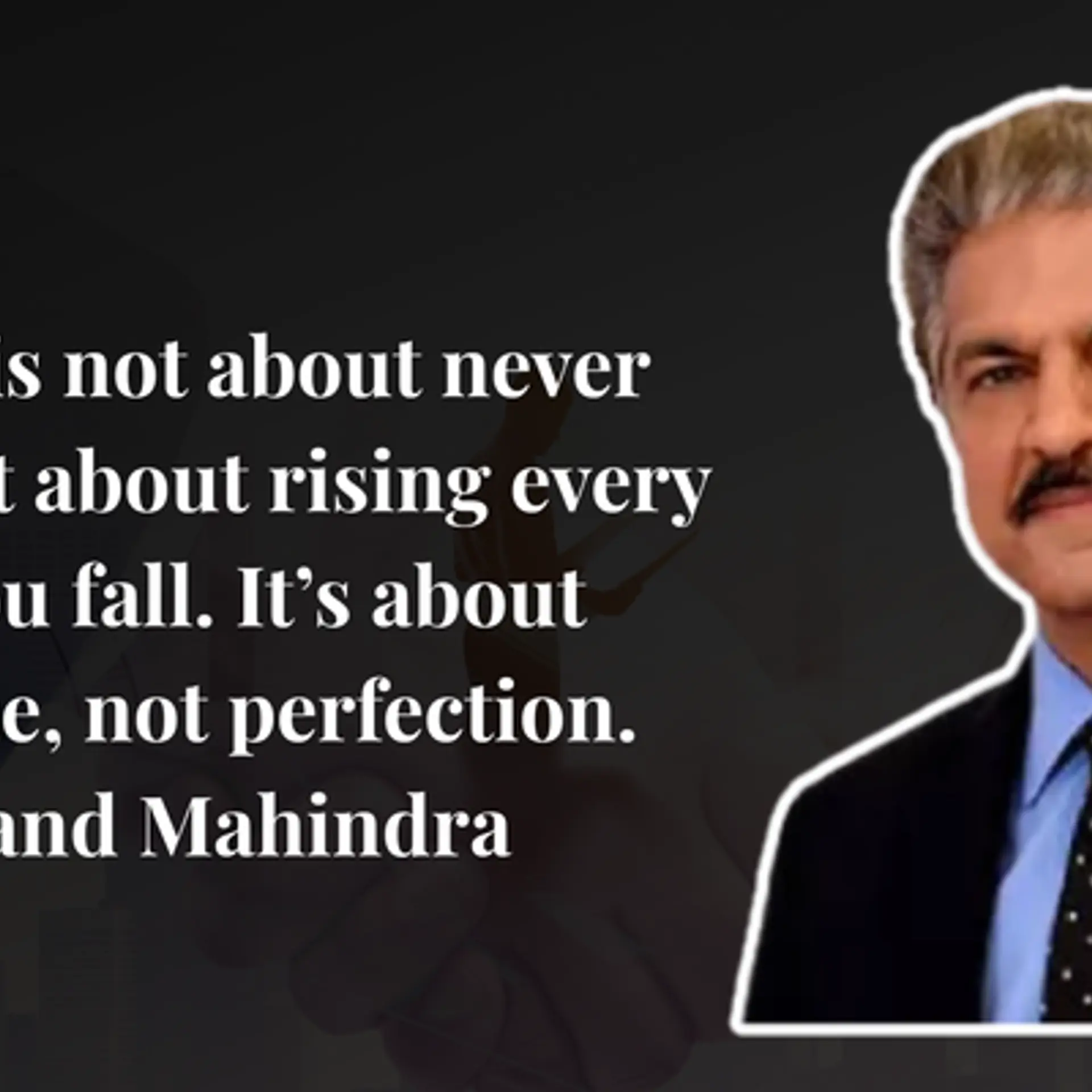How on earth do we brand the new age ‘shape-shifters’?
The marketplace is ruthless. Organisations and brands are in a constant struggle to triumph over the unceasing challenges and stay relevant through mercuriality, which only seems to be getting shiftier. And that’s exactly why marketers still demand a premium, in spite of being considered (secretly, and sometimes not so secretly) as money burn by the serious guys of the finance team.

A recent post by a friend, ‘Branding Challenges in the Age of New Tech Businesses’, got me thinking about those driven to the brink of survival (outwitted by their own unfortunate strategies, flawed estimations, changing market dynamics, consumer preferences, drying funds, personal egos, and so on) to change courses and stay afloat. I wasn’t thinking about the ones that ‘metamorphose’ from food processing and rice mills to consumer electronics (like Samsung), or rubber to mobile phones (Nokia), or the ‘licence raj’ by-products which often show propensity towards surnames as their brands.
Here we are talking about those extreme pivots — the ones that have even gone about changing the sheer premise of their existence (sometimes even overnight) — the ‘shape-shifters’. Shape-shifting must not be confused with brand extensions that demand consistency, with spin-offs adhering and adding to the core brand promise and more. Blunders here are quite common as well. For instance, a popular denim brand once burnt its fingers by releasing a line of high-end suiting.
A few names have proven that business pivoting can be a successful game plan. When the video dating site ‘Tune In Hook Up’ shed its niche proposition and mutated itself into a video sharing site by the name of YouTube, it went on to become a hugely popular product. Another example is Odeo, a podcast network that, recognising the threat of eviction, quickly chose to become a micro-blogging platform that we now know as Twitter. Other notable names like Instagram and Flickr too changed their fate principally by changing courses.
At this point, one should note the propensity of ‘shape-shifting’ in the non-hardware tech universe.
Now, as we all know, the idea of branding is dependent on strategic singularity or coherence, a complete antithesis to the shape-shifting stratagem. Then, how?
Same path; different direction
OPTION A: A clean slate
If the pivot is very severe and there is no common element besides the founder(s) and crew, it’s better to start afresh — new name, new brand, and new consumers.
Although it may be the most alluring route for a defeated brand to take, while directing the business to a different path it is imperative to realise what went wrong in the first place. The chances of repeating the same error are high when the initial reason for failure is not identified before launching the new product. I allude to personal issues in decision making more than other extrinsic challenges.
Making the brand future-ready (if not future-proof)
So how does a marketer tackle the trials of shape-shifting without carrying out a miscarriage of the brand?
OPTION B: Live by the day. Play by the delivery.
It’s ok to be tactical. Rake up the product features, discounts, cashbacks, cross-branded offers or any other stunts. Take the offerings offline, and vice versa. Look at how the physical stores that are witnessing falling footfalls are going digital, and startups that began with a clear digital blueprint are exploring a physical presence to beat competition. At some point, consumers will create their own perception and over a period of time, a somewhat customised brand will form. It’s definitely risky, but as long as the brand has a high SOV, it’s worth it, because eventually the lines disappear and survival becomes the name of the game.
(And someday, you might also survive to retrofit all the tactical wins and present it as a winning strategy!)
The evolved game
A word of caution: do not attempt this unless you have the capability to spin a yarn and harness perceptions, or have the moolah to hire someone who can!
Plan C: Brand them with a kaleidoscope.
Usurp a higher order benefit. Basically, you avoid making the classic and most fatal mistake of shifting the core brand message. Resorting to a higher order benefit counterchecks most of the unpredictability attached with shape-shifting, brand stretching, and the like. It could be fuzzy for the consumer initially, but a single-minded brand building exercise can give it sufficient headway to numerous opportunities. The more the message changes, the more difficult it is to keep a strong presence in the minds of the consumers.
This makes it critical to transcend the desire of communicating product benefits and taking the higher ground of a ‘brand benefit’. Investing in a consistent and flexible brand story helps align resources and energy when the business takes a new and unexpected turn. For example, LG can easily move over from consumer electronics and become an insurance company, yet retain (and maybe even build) on the premise of ‘Life’s Good’. So is the case of ‘Impossible is Nothing’ or ‘Think Different’. Nokia is still ‘Connecting People’ albeit in the B2B space.
A personal endorser of this theory, here is a leaf out of my personal experience. Micromax could play under the guise of ‘innovation’ with the single proposition of ‘Nothing Like Anything’, paving the way for a multitude of extensions and giving the brand the flexibility to grow however it wanted. Similarly, when Housing.com adopted the Look Up story, it opened itself to the world of ‘optimism’ instantaneously. Caveat being, especially in this case, the brand must walk the talk to succeed in the long term.
Change is not new to businesses. William Colgate went from selling candles and soaps to a sustainable future in toothpaste, while Monsanto (a tad controversial, but a $66-billion brand nonetheless) started off with Saccharine, but is in a different league altogether now. To deal with change, bleeding bottom lines, or diminishing demand, brands make a desperate attempt at metamorphosing with the available resources.
Whatever little I have learnt through my journey, I could only think of three options. There may be more (and by that I don’t mean derivatives or hybrids of the three), but if there are, do let me know.
All in all, seismic shifts warrant a well-planned communication strategy. However, it’s more important that every business has a built-in strategy to counter shifts, one that can absorb the pressures of pivot and fight market challenges without, well… having to take flight!







